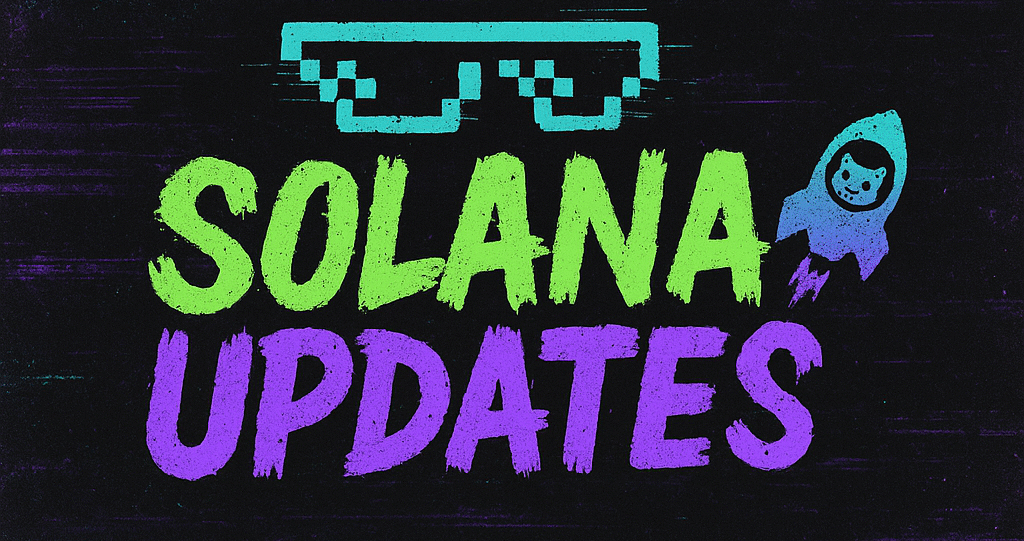Stablecoins: The Need for Consumer Protections to Outshine Traditional Currencies
The financial world is witnessing a transformative period, with stablecoins emerging as a powerful alternative to traditional fiat currencies. These digital assets, designed to maintain a stable value relative to a specific asset or basket of assets, offer several unique advantages. However, as highlighted by a leading crypto executive, a significant hurdle remains: the lack of robust consumer protections. This gap must be addressed for stablecoins to truly unseat incumbent currencies.
The Competitive Edge of Stablecoins
Stablecoins are lauded for their ability to merge the benefits of digital currencies, such as speed and accessibility, with the stability of traditional money. Unlike the volatile nature of most cryptocurrencies, stablecoins are pegged to stable assets, minimizing price fluctuations. This characteristic makes them particularly appealing for everyday transactions, cross-border payments, and as a store of value.
Moreover, stablecoins enable faster transaction speeds compared to traditional banking systems, which often involve multiple intermediaries and days for settlement. Additionally, they reduce transaction costs, making them an attractive option for both consumers and businesses looking to streamline operations and cut expenses.
The Consumer Protection Gap
Despite these advantages, stablecoins face significant challenges. The absence of comprehensive consumer protection frameworks is a major concern that prevents wider adoption. Traditional financial systems have well-established consumer protection mechanisms, including deposit insurance and fraud protection, which provide users with peace of mind.
In contrast, the relatively nascent stablecoin market lacks uniform regulatory oversight and consumer protection standards. This absence creates a risk-laden environment where users may face issues such as loss of funds due to hacking, fraud, or mismanagement by the issuer. Without the assurance of protection, potential users may hesitate to fully embrace stablecoins, impeding their growth and acceptance.
Calls for Regulatory Action
The crypto executive emphasized the urgent need for regulatory bodies to develop and implement consumer protection measures that align with those in the traditional financial sector. Such measures would not only safeguard consumers but also enhance trust and confidence in stablecoins, facilitating their adoption as a mainstream financial instrument.
Regulators are encouraged to work closely with industry stakeholders to establish clear guidelines and standards for stablecoins. This collaboration could lead to the development of innovative solutions that balance the benefits of stablecoins with the necessary protections for consumers.
The Path Forward
As the stablecoin market continues to grow, addressing the consumer protection gap is crucial for its evolution and ability to compete with traditional currencies. By implementing robust consumer protection frameworks, stablecoins can provide a safe and reliable alternative to fiat money, paving the way for a more inclusive and efficient financial ecosystem.
The future of stablecoins hinges on the industry’s ability to navigate regulatory landscapes and establish trust with users. With the right protections in place, stablecoins have the potential to revolutionize the way we transact, invest, and save, ultimately transforming the global financial landscape.
🛒 Recommended Product: Check out top-rated crypto gear on Amazon


